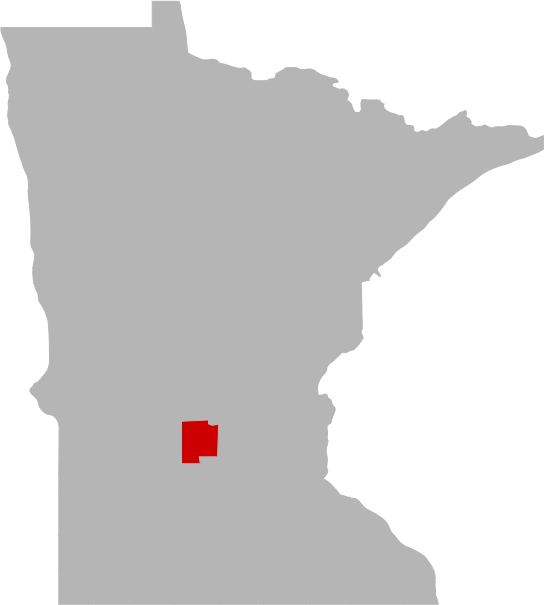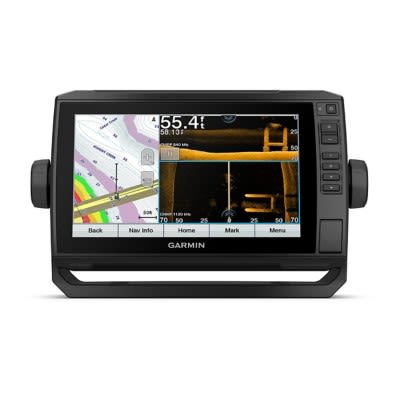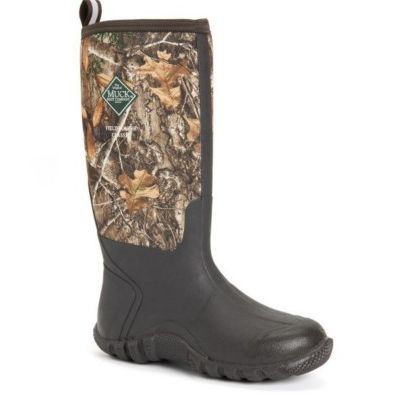Today's Best Fishing Times
Get the best fishing times for Clear Lake with Lake-Link's Fishing Forecast. SEE MORE


Share Your Catch & Win!
Frequently Asked Questions About Clear Lake, MN
- How big is Clear Lake?
- How deep is Clear Lake?
- What kind of fish can you catch in Clear Lake?
- What are the closest cities to Clear Lake?
- Are there places to stay in the Clear Lake area?
- Are there boat launches on Clear Lake?
- Are there places to eat and drink near Clear Lake?
- What is the average air temp for Clear Lake?
How big is Clear Lake?
How deep is Clear Lake?
What kind of fish can you catch in Clear Lake?
Other fish species in the lake include Common Shiner, Fathead Minnow, Golden Shiner, Green Sunfish, Hybrid Sunfish and White Sucker.
What are the closest cities to Clear Lake?
Are there places to stay in the Clear Lake area?
More Lodging Options
Are there boat launches on Clear Lake?
Are there places to eat and drink near Clear Lake?
What aquatic invasive species are found in Clear Lake?
Join us in the fight to prevent the spread of invasive species These sneaky creatures can hitch a ride on boats, clinging onto propellers, anchor lines, and trailers. They can even survive in hidden places like bilge water and ballast tanks, or disguise themselves in dirt and sand that sticks to nets, buckets, anchors, and waders. But don't worry, we have the power to stop them in their tracks with just a few simple steps. So let's do our part and protect our waters from these unwanted invaders.
History & Status of the Fishery
A population assessment was conducted at Clear in 2013 to monitor the lake's fish population. The Lake Management Plan listed Northern Pike, Black Crappie, and Walleye as primary management species, while Bluegill were listed as a secondary species. The last substantial winterkill occurred in 2001. Fish populations can fluctuate greatly depending on the severity of a winterkill. The secchi disk reading was 2.8 feet on July 8th, 2013 due to an intense algal bloom. Eurasian watermilfoil was discovered in Clear Lake in 2013. A fishing pier is available for anglers at the County Park, on the south side of the lake. Curlyleaf pondweed can be abundant during May and June.
A total of 48 Walleye were gill netted for a catch rate of 5.3/net, which was above the normal range for this type of lake. The catch rate in 2007 was 2.2/net. The latest three catch rates indicated a possible increasing trend in Walleye abundance. Catch rates from 1951 to 2013 (n=16) were variable, ranging from 0.0 to 17.0/net with an average of 5.9. In 2013, gill netted Walleye were 6.9 to 26.2 inches long with an average of 11.2. Approximately 58% of the gill net sample was under 9 inches in length. The most recent stocking regime (3 pounds of fingerlings/littoral acre every-other-year) was initiated in 2005. The normal fingerling stocking rate is 2 pounds/littoral (acreage that is 15 foot deep or less) acre every other year. Catch rates during this time period (2007 and 2013) ranged from 2.2 to 5.3/net with an average of 3.8. In 2013, Walleye were age-2 to age-12 with 5 year-classes present. Growth was moderate for larger fish. Only 1 gill netted fish corresponded with a year when Walleye were not stocked. This likely indicated that recruitment, from natural reproduction, was not significant at Clear Lake. Skip years in the stocking regime failed to produce a single strong year-class in the 2003, 2007, and 2013 assessments.
A total of 23 Northern Pike were gill netted for a catch rate of 2.7/net, which was within the normal range for a lake of this type. The 2007 catch rate was also 2.7/net. Catch rates from 1951 to 2013 (n=16) ranged from 0.4 to 9.3/net with an average of 4.5. In 2013, gill netted Northern Pike were 18.5 to 32.1 inches long with an average of 24.1. Approximately 26% of the gill net sample was 29 inches or longer, indicating that quality sized fish were present. Gill netted Northern Pike were age-2 to age-13 with 6 year-classes present.
A total of 501 Yellow Perch were gill netted for a catch rate of 55.7/net, which was above the normal range for a lake of this type and the highest ever recorded at Clear Lake. The 2007 catch rate was much lower at 1.6/net. Catch rates from 1951 to 2013 (n=16) were variable, ranging from 0.0 to 55.7 with an average of 9.9. In 2013, gill netted Yellow Perch were 5.4-8.9 inches long with an average of 6.7. Although most of the fish were too small to interest anglers, this abundance of Yellow Perch could be the key to producing stronger walleye year-classes at Clear.
A total of 119 Black Crappie were trap netted for a catch rate of 13.2/net, which was within the normal range for this type of lake. The 2007 catch rate was similar at 12.1/net. The last three catch rates indicated a somewhat stable trend. Catch rates from 1951 to 2013 (n=15) were variable, ranging from 0.5 to 70.7/net with an average of 24.1. In 2013, trap netted Black Crappie were 5.9 to 10.4 inches long with an average of 7.95. Gill nets sampled 413 Black Crappie for a catch rate of 45.9/net, which was well above the normal range. The 2007 gill net catch was 66.4/net. Catch rates from 1974 to 2013 (n=15) were variable, ranging from 1.8 to 182.3/net with an average of 55.5. The most recent five gill net catch rates (1997 to 2013) showed a possible decreasing trend in abundance since the record high catch in 1997 (182.3/net). Approximately 37% of the gill net sample was 8 inches or longer, while 6% were 9 inches or longer.
A total of 521 Bluegill were trap netted for a catch rate of 57.9/net, which was above the normal range for a lake of this type. In 2007, the catch rate was 113.2/net. Catch rates from 1951 to 2013 were variable ranging from 2.3 to 205.6/net with an average of 62.7. In 2013, trap netted Bluegill were 3.2 to 8.7 inches long with an impressive average of 7.1. Approximately 65% of the trap net sample was 7 inches or longer, indicating a highly desirable population.
A total of 57 Black Bullhead were trap netted for a catch rate of 6.3/net, which was within the normal range for a lake of this type. The 2007 catch rate was 61.3/net. Catch rates from 1974 to 2013 ranged from 0.0 to 205.7/net with an average of 70.9. In 2013, trap netted Black Bullhead were 9.4 to 11.9 inches long with an average of 10.7. Gill nets sampled 375 Black Bullhead for a catch rate of 41.7/net, which was within the normal range. Catch rates from 1974 to 2013 were highly variable, ranging from 0.0 to 245.8/net with an average of 81.8.
A total of 30 Largemouth Bass were collected during spring night-time electrofishing for a catch rate of 20.0/hour of electrofishing on-time. The 2007 catch rate was 2.7/hour. Catch rates from 1991 to 2013 (n=8) ranged from 0.0 to 30.0/hour with an average of 10.8. In 2013, Largemouth Bass were 6.0 to 17.4 inches long with an average of 9.3. Largemouth Bass were age-1 to age-8 with 5 year-classes present. Age-2 fish accounted for 80% of the electrofishing sample.
What is the average air temp for Clear Lake?
More Nearby Lakes To Explore
There's more lake's to explore around Clear Lake...| DISTANCE | ACRES | MAX DEPTH | |
| Little Mud Lake | 0.9 mi | 37 | 42 ft |
| Willow Lake | 5.2 mi | 156 | 4 ft |
| Vails Lake | 6.0 mi | 161 | 20 ft |
| Eden Lake | 6.5 mi | 278 | 77 ft |
| South Brown's Lake | 7.6 mi | 97 | 5 ft |
| Lake Betty | 8.0 mi | 154 | 29 ft |
| Richardson Lake | 8.2 mi | 119 | 47 ft |
| Goodners Lake | 8.3 mi | 187 | 24 ft |
| Dunns Lake | 8.5 mi | 152 | 20 ft |
| North Brown's Lake | 8.8 mi | 312 | 41 ft |

















